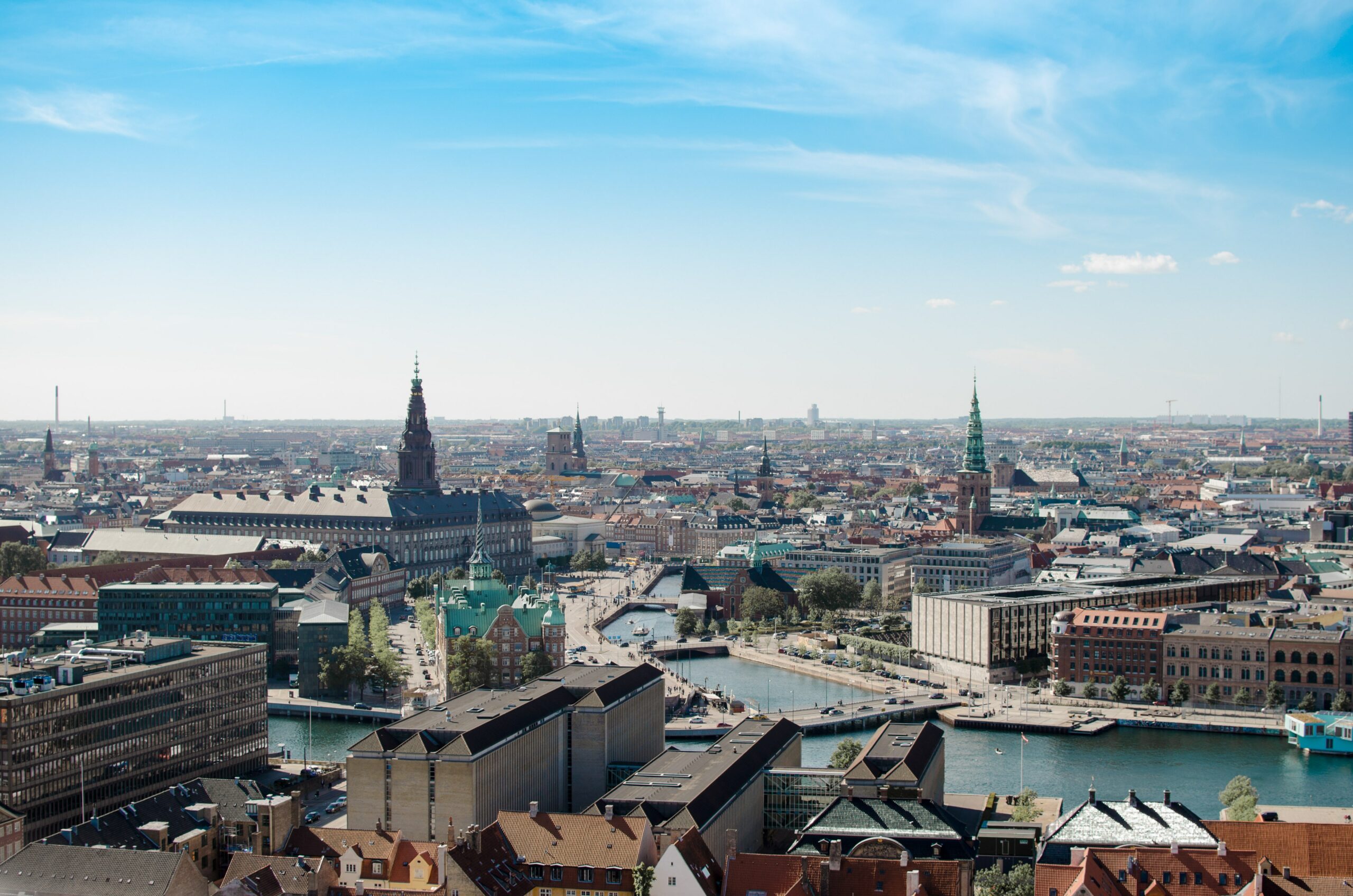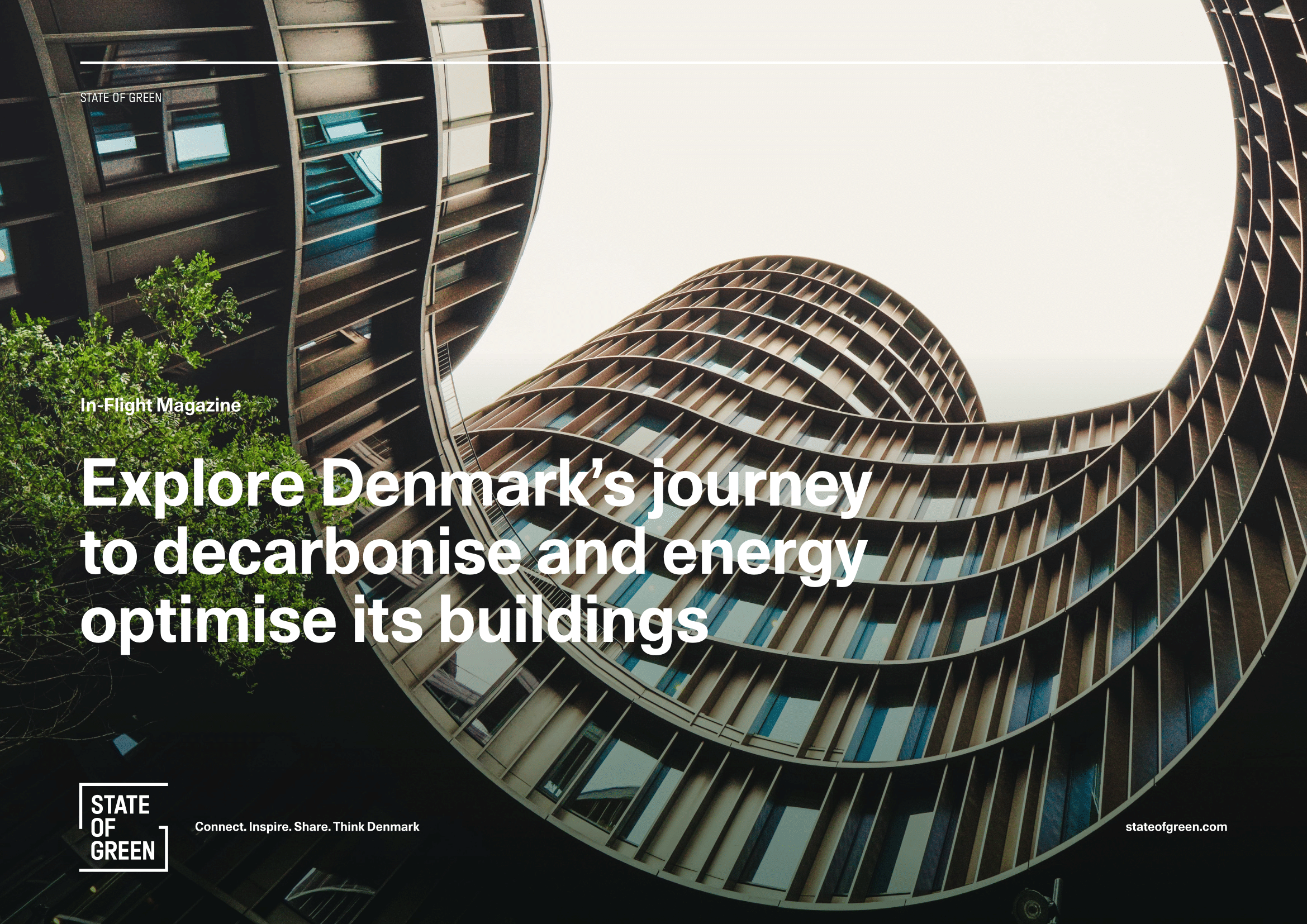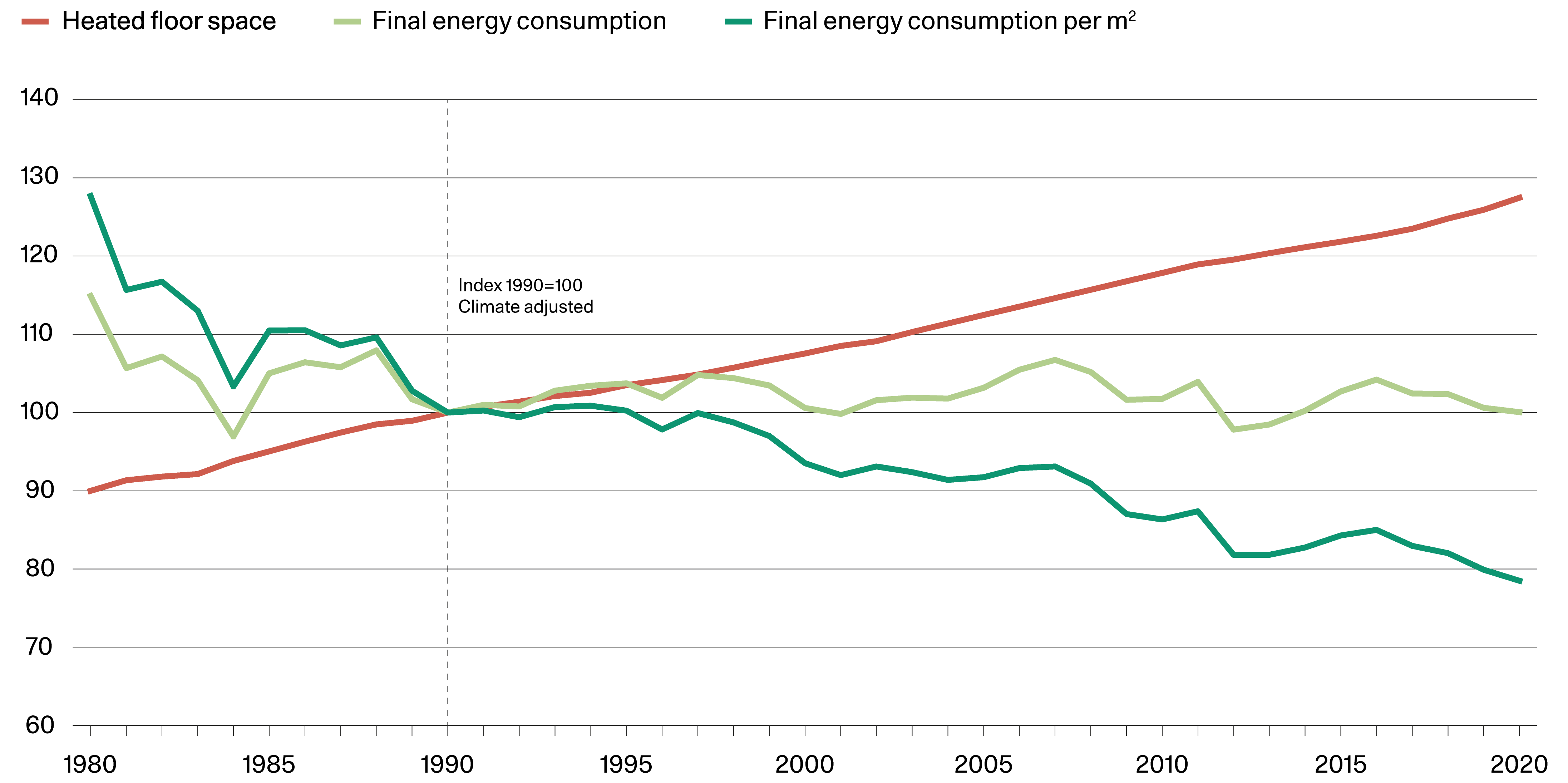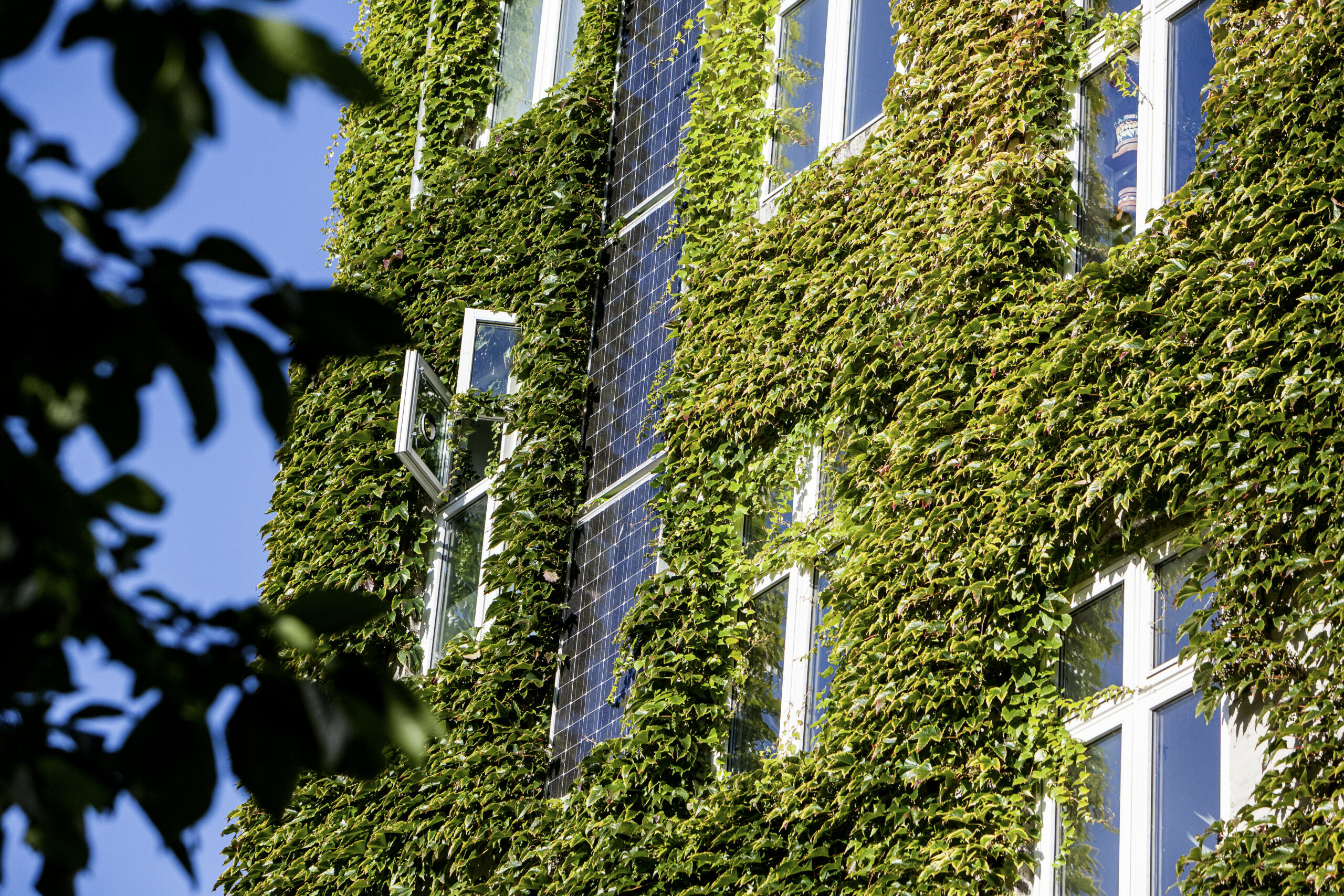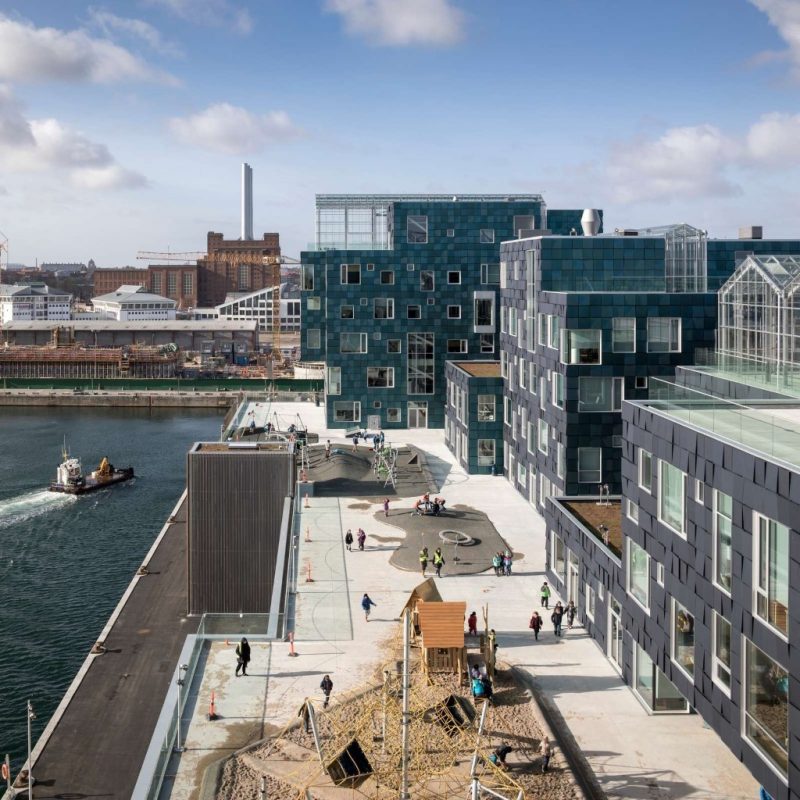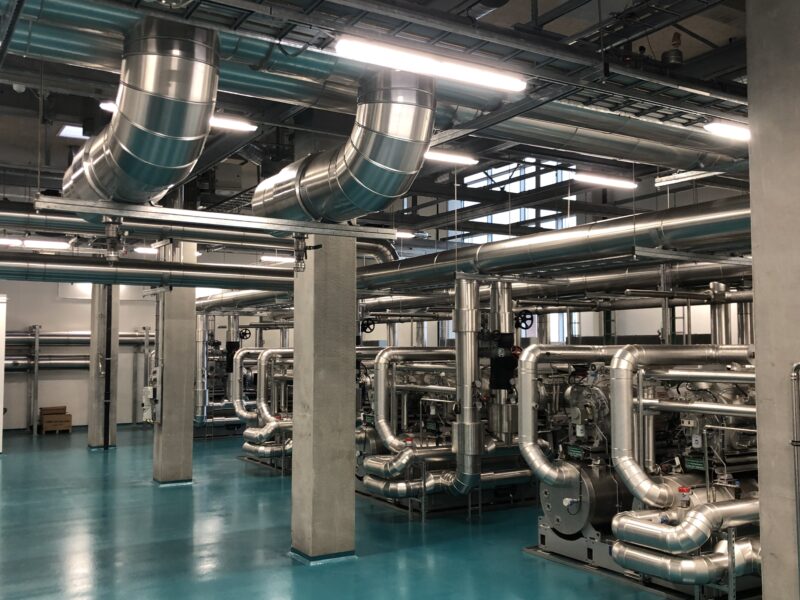Where is Denmark today?
Today, Denmark has one of the most comprehensive regulatory frameworks for ensuring energy efficiency in buildings. Among its key components are a strict building code, energy labelling, targeted information campaigns and, crucially, involvement of relevant industries. Eyeing the potential of public-private partnerships, Denmark has presented a unique way to harness the strength of both public and private resources to support energy-efficient buildings.
Standing on the shoulders of a 50-year-old legacy, Danish companies provide world-class solutions and technologies for insulation, windows, data control systems and architecture that make sustainable energy renovation projects possible. These innovative solutions, developed by both the public and private sector, have made Denmark a frontrunner in the field.
But although Denmark has learned from the 1970s crisis, the country, along with Europe and other regions of the world, is currently confronted with a new energy crisis. The current geopolitical situation has resulted in high energy prices, which in combination with low energy performance in buildings is pushing energy poverty all around the world.
Improving energy efficiency and performance of household buildings can very much act as the secret weapon to effectively combat the consequences of energy poverty while accelerating a just, green transition along the way.
